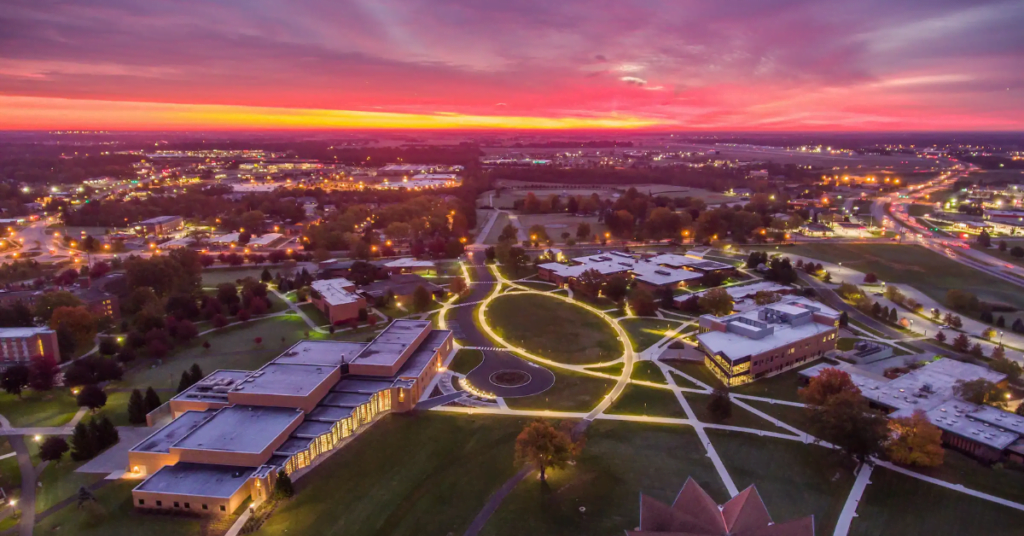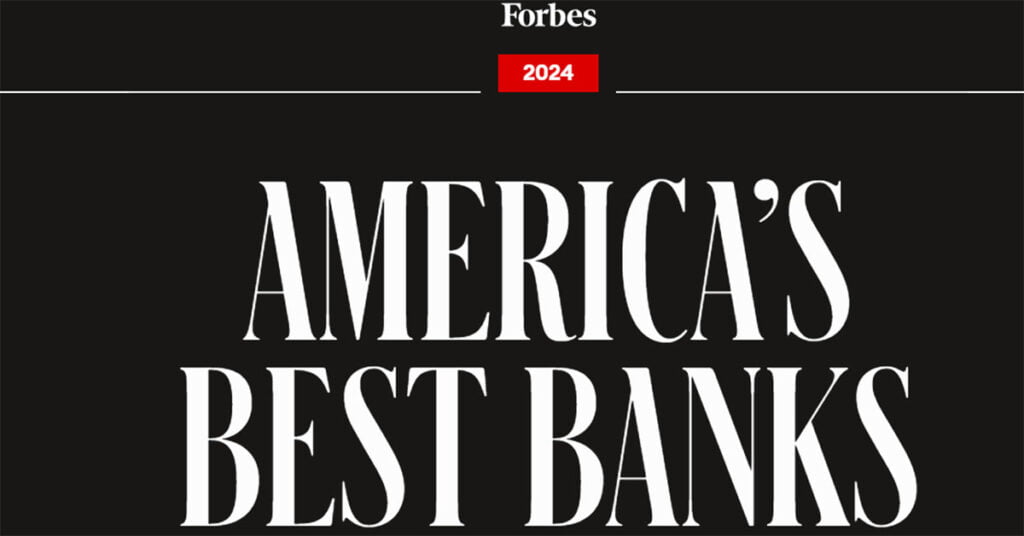Labor deal gives a boost to small-market teams such as Indiana Pacers.
by Rick A. Richards
After five months of rancorous bargaining, the National Basketball Association got back to business Christmas Day.
As is usually the case in labor-management disputes, the root of the disagreement was money – but not between labor and management. The real dispute was between large-city glamour franchises like the Los Angeles Lakers and small-market teams such as the Memphis Grizzlies. They may be in the same league on the court, but they're worlds apart when it comes to the bottom line.

According to figures from the NBA, on average, the Lakers rake in $1.9 million per game; the Grizzlies just $322,105. There is an even bigger disparity when it comes to television revenue. The Lakers' TV deals are worth $150 million a year, but Memphis' TV contacts are worth just $10 million.
Small-market teams – a group that includes the Indiana Pacers – want the ability to compete on a level financial field against large-market teams such as the Chicago Bulls. They're better able to do that now, since the new deal calls for a 51-49 percent split of revenue between players and teams (down from a 57-43 percent split). Additionally, small-market teams will get an extra $270 million that previously would have gone to the players.
Michael Hicks, an economist at Ball State University, has studied the impact of professional sports franchises on cities. He says the NBA is struggling and communities that have anchored their downtown economic development to professional sports should be worried.
“Most NBA games, unlike NFL games, are attended by local residents,” says Hicks. “You don't see a lot of Houston Rockets fans coming to Pacers games, but it's different when the Houston Texans are in town to play the Colts.”
When the NBA announced it had reached an agreement for a condensed 2011-12 season, Hicks says the economic impact wasn't that big. Instead of a full 82-game schedule, the NBA will play 66 games over 122 days. Still, 240 games were lost, and that represents $480 million the NBA won't get this year.
Lost were the preseason and 16 regular season games. Hicks says he doesn't have a dollar amount, but says that outside the NBA it isn't that big. “Those who go to NBA games tend to be more local. For the Pacers, they probably live within an hour of Indianapolis and chances are the money they're spending at the game would have been spent in Indianapolis regardless.
“The biggest loss is to the government's coffers,” says Hicks. “Indiana has a ‘jock tax' that taxes high-paid performers for the income they earn while they're in Indiana. Since no one was getting paid, there is less revenue going to the state.”
Chris Gahl, a spokesman for the Indianapolis Convention & Visitors Association, says that while the loss of games in the NBA was disappointing, the economic impact on the city won't be large.
“If there was any year to have a lockout, this was the year,” says Gahl. “With the first Big Ten football championship in Indianapolis and the city hosting the Super Bowl, those events will make up for the loss from the NBA.”
The Super Bowl alone is expected to pump more than $200 million into the local economy.
Gahl says a study commissioned by the Community Investment Board, which operates Conseco Fieldhouse, where the Pacers play, show a combined impact of the Pacers and the WNBA's Indiana Fever to be about $55 million per season.
“Certainly there is some lost income this year, mostly in bars and restaurants. They would have been packed pre- and post-game, but they weren't this year because there weren't any games.”
In a 2006 study of the impact of lockouts and strikes in professional sports, Lake Forest College in Illinois (just north of Chicago) showed the economic impact on Chicago was negligible. The study looked at work stoppages between 1969 and 1996 in the NFL and Major League Baseball.
Robert Baade, an economist at Lake Forest College, says in his study that the loss of revenue to the NBA was a gain for someone else – a restaurant, a movie theater or other form of entertainment.
In the end, the biggest impact may be felt by the bars and restaurants that cater to basketball fans. Without the NBA, there are empty seats in bars and restaurants and that income won't be made up, says Allen Sanderson, an economist and professor at the University of Chicago. He adds that since most Chicago Bulls fans are local, there won't be much of an impact on the economy. “People will just spend their money somewhere else in Chicago.”
Sanderson says the biggest impact will be felt by the businesses around the United Center, but businesses elsewhere might see a boost. Instead of going to a Bulls game, Sanderson says those fans may decide on a movie or a restaurant.




